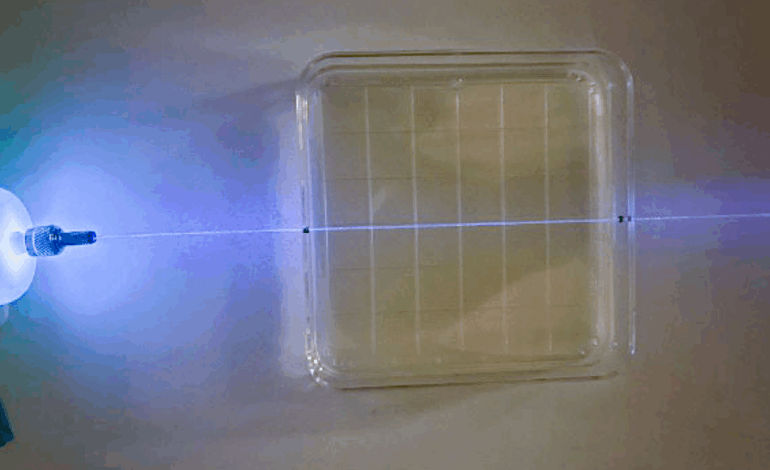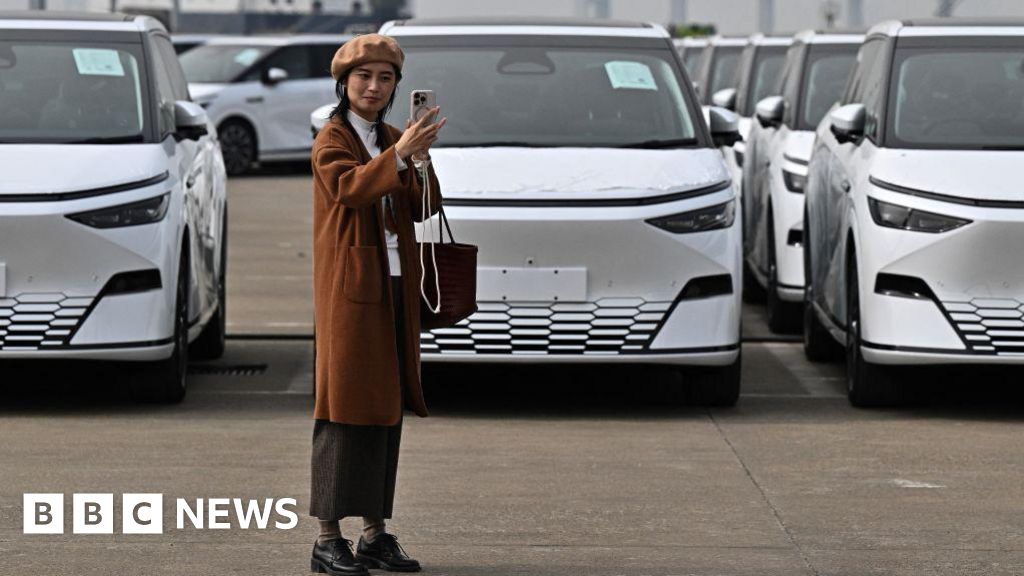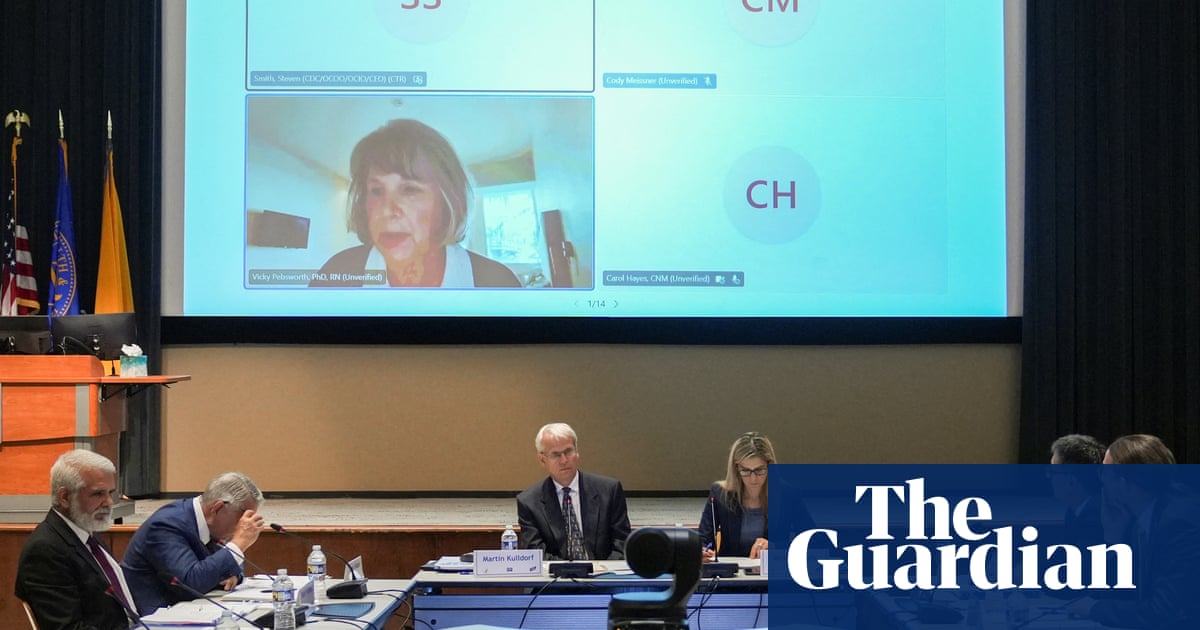New Experiment Launches to Combat Biofilms in Space Environment

The Germicidal Ultraviolet Light Biofilm Inhibition (GULBI) experiment has been successfully deployed to the International Space Station (ISS) aboard the Northrop Grumman-23 spacecraft. This innovative research aims to explore the formation of biofilms in microgravity, which can pose significant risks to both equipment functionality and human health in space environments.
Biofilms are complex communities of microorganisms that adhere to surfaces. In microgravity, their formation occurs at an accelerated rate, raising concerns about the efficiency and safety of space missions. The GULBI investigation utilizes germicidal ultraviolet light (UV-C) as a potential solution to inhibit biofilm development. Researchers are particularly focused on the bacterial pathogen Pseudomonas aeruginosa, known for its resilience and potential to cause infections.
Experiment Details and Methodology
During the GULBI experiment, P. aeruginosa will be introduced into specially designed Bioreactors, known as BioCells, aboard the ISS. The experiment involves growing this pathogen under varying levels of UV-C light, which is delivered through optical fibers. This approach allows scientists to observe how different intensities of UV light can impact biofilm formation in a microgravity setting.
Once the growth phase is complete, samples will be returned to Earth for thorough analysis. This data will provide insights into the effectiveness of UV-C light in preventing biofilm development, a critical factor in ensuring the safety and reliability of future space missions.
The research is led by scientists at Arizona State University, who are collaborating with various partners to advance our understanding of microbial behavior in space. The findings from the GULBI experiment could have significant implications not only for space exploration but also for addressing biofilm-related challenges in terrestrial environments.
Implications for Space Exploration and Beyond
As space missions become longer and more ambitious, the management of microbial growth is increasingly vital. Biofilms can lead to equipment malfunctions, impacting mission success and astronaut health. The GULBI experiment represents a proactive step towards mitigating these risks by harnessing the power of UV-C light.
Should the experiment demonstrate effective biofilm inhibition, it could pave the way for the development of new sanitation protocols in spacecraft and potentially other environments where microbial growth is a concern. This research underscores the importance of innovative solutions in maintaining the health and safety of astronauts as humanity continues to explore the cosmos.
As the data from this experiment is analyzed, it may provide valuable lessons not only for space biology but also for various fields, including healthcare and environmental management on Earth. The GULBI experiment highlights the intersection of astrobiology and practical applications, showcasing how research in space can lead to advancements that benefit life on our planet.






